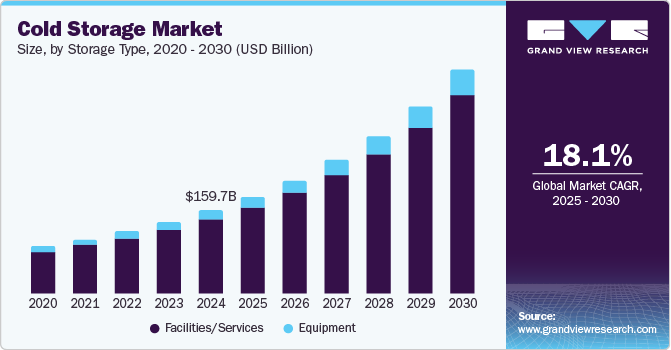Power Quality Equipment Market Size, Share & Trends Analysis grow at a CAGR of 6.3% from 2024 to 2030

The global power quality equipment market size was estimated at USD 31.82 billion in 2023 and is expected to grow at a CAGR of 6.3% from 2024 to 2030. The market growth is driven by the increasing demand for reliable and uninterrupted power supply across various industries. The rising incidence of power outages and voltage fluctuations, particularly in developing regions, underscores the need for effective power quality solutions. Additionally, the growing adoption of sensitive electronic devices and equipment, which require high power quality standards to function optimally, is propelling market growth.
Request a free sample copy or view report summary: https://www.grandviewresearch.com/industry-analysis/power-quality-equipment-market-report/request/rs1
The power quality equipment market is witnessing significant advancements in technology, which are enhancing the efficiency and functionality of these systems. One notable trend is the integration of Internet of Things (IoT) technology, which enables real-time monitoring and control of power quality. This allows for proactive maintenance and quick response to power disturbances, thereby minimizing downtime and operational costs. IoT-enabled power quality equipment can also provide valuable data analytics, helping organizations optimize their energy usage and improve overall power management.
Another key technological trend is the development of smart grids, which are designed to enhance the reliability and efficiency of electricity distribution. Smart grids incorporate advanced power quality equipment that can dynamically respond to changes in power demand and supply. These systems can identify and isolate faults, reroute power, and balance loads to ensure a stable and high-quality power supply. The integration of renewable energy sources into smart grids also necessitates advanced power quality solutions to manage the variable nature of these energy sources and ensure consistent power delivery.
The market presents numerous opportunities for growth, particularly in emerging economies where industrialization and urbanization are rapidly increasing. The expansion of data centers, telecommunications infrastructure, and renewable energy projects in these regions is driving the demand for reliable power quality solutions. Additionally, advancements in technology and increasing awareness about the importance of power quality are creating new avenues for market expansion. Companies that can offer innovative and cost-effective solutions tailored to the specific needs of these growing markets are well-positioned to capitalize on these opportunities.
However, the high initial investment costs and maintenance expenses can deter small and medium-sized enterprises from adopting these solutions thereby, posing as challenges for market growth. Additionally, the complexity of integrating advanced power quality equipment with existing infrastructure can pose technical challenges. There is also a need for skilled personnel to manage and maintain these systems, which can be a constraint in regions with limited technical expertise. Moreover, the rapid pace of technological advancements means that companies must continuously innovate to stay competitive, which can be a significant challenge in terms of research and development costs.
Equipment Insights
Based on the equipment, the market is segmented into power quality meters, surge protection devices, harmonic filters, voltage regulators, uninterruptible power supply (UPS), and others. The UPS segment held the largest market share of 23.16% in 2023, owing to its widespread use in guaranteeing continuous power supply. The segment growth is further propelled by the growing demand for UPS in data centers, hospitals, and other critical infrastructure requiring uninterrupted power supply.
The surge protection devices segment is expected to grow rapidly during the forecast period. Surge protection devices are essential for protecting electrical systems from voltage spikes. The segment is expected to grow due to the rising need to safeguard electronic gadgets in homes and workplaces. In addition, rising awareness about the protection of sensitive electronic equipment and increasing instances of voltage surges due to lightning and power outages is expected to fuel the segment growth.






